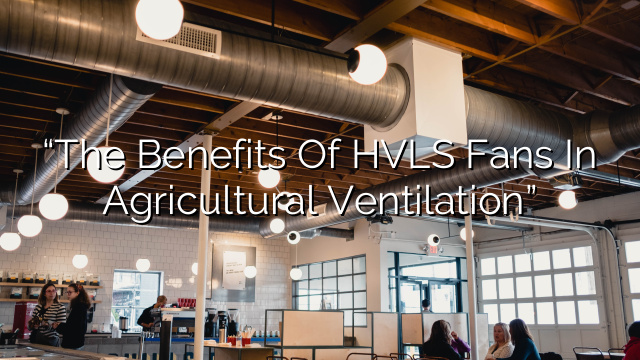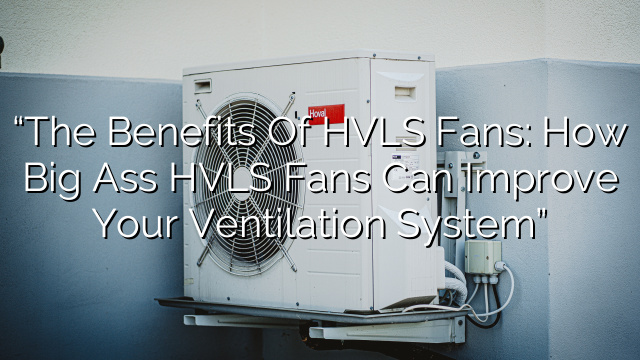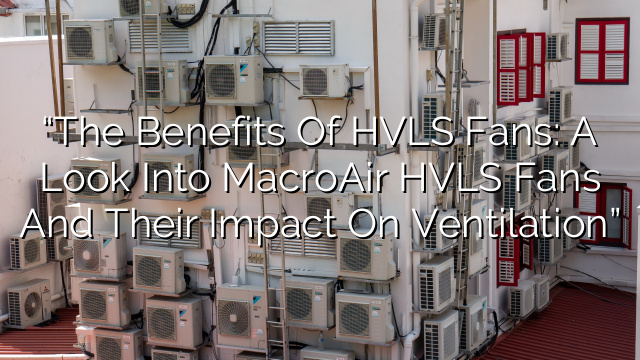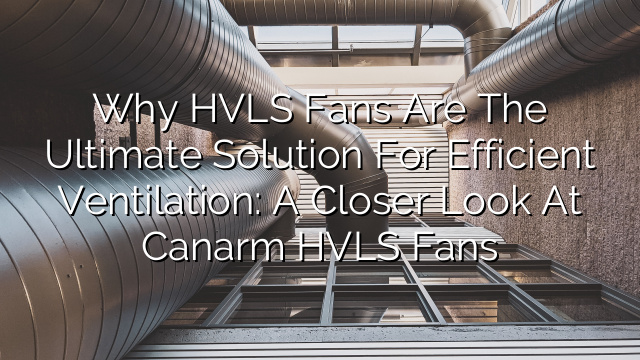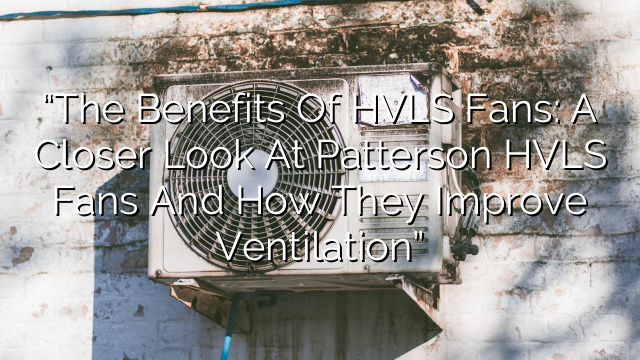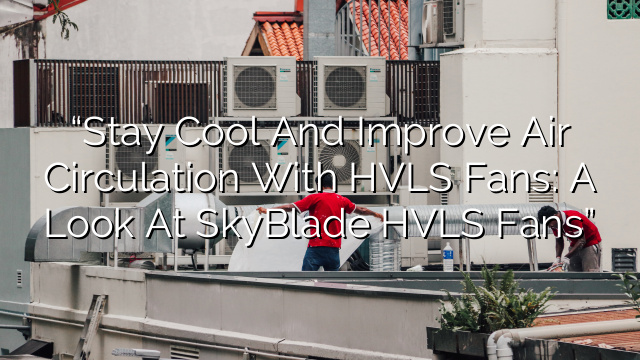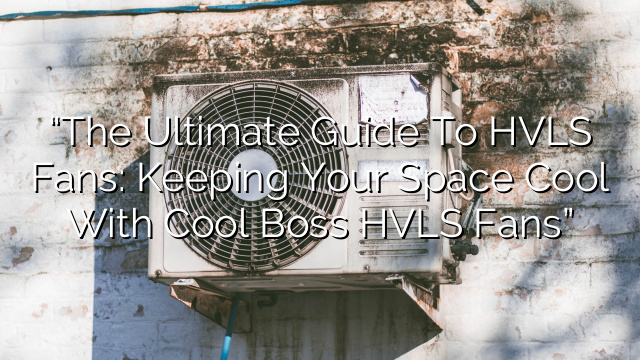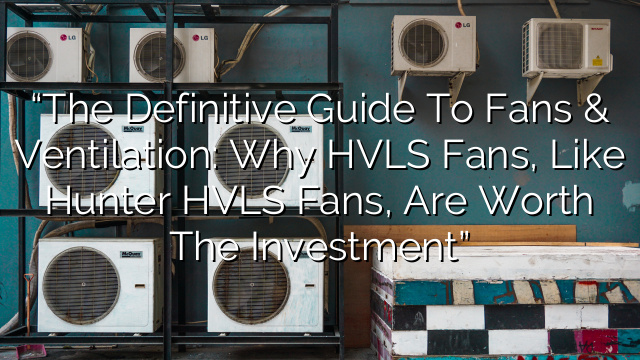Introduction
Agricultural ventilation is an essential aspect of every farming operation. It ensures the well-being of livestock, improves air quality, and prevents the buildup of moisture and harmful gases. One of the most effective solutions for agricultural ventilation is the use of High-Volume Low-Speed (HVLS) fans. These large, slow-moving fans can address many challenges faced by farmers, while also providing various benefits. In this article, we will explore the advantages of using HVLS fans in agricultural ventilation.
The Basics of HVLS Fans
HVLS fans are specifically designed to move large volumes of air at a low rotational speed. They typically have a diameter of at least seven feet and can rotate as slowly as around 50 RPM (rotations per minute). This unique design allows them to provide a gentle breeze over a large area, generating a cooling effect without causing discomfort to animals or crops.
- Improved Air Circulation
- One of the primary benefits of using HVLS fans in agricultural ventilation is improved air circulation. These fans can effectively distribute air throughout a barn or greenhouse, ensuring that fresh air reaches all areas and preventing the formation of stagnant pockets. This promotes better air quality, reduces the risk of respiratory issues among livestock, and creates a more comfortable environment for both animals and workers.
- Temperature Regulation
- HVLS fans are also highly effective in regulating temperatures in agricultural spaces. By moving large volumes of air, they create a cooling effect that helps lower ambient temperatures. This is particularly crucial in hot and humid climates, where animals may be at risk of heat stress. HVLS fans can help maintain optimal temperature conditions and reduce the need for other cooling systems, such as air conditioning.
- Moisture Control
- Excessive moisture can be detrimental to both animal health and crop growth. HVLS fans can aid in moisture control by preventing the buildup of dampness in barns or greenhouses. Their gentle breeze helps evaporate excess moisture from surfaces, reducing the risk of mold, mildew, and bacterial growth. This not only improves overall air quality but also minimizes the chances of diseases spreading among animals and ensures healthier crops.
- Improved Air Quality
- Poor air quality in agricultural spaces can have severe consequences for both humans and animals. HVLS fans help improve air quality by continuously circulating fresh air and removing or diluting harmful gases, dust, and odors. This can significantly reduce the risk of respiratory issues, allergies, and other health problems among both livestock and farmers. Furthermore, better air quality can enhance productivity and overall well-being.
- Energy Efficiency
- Despite their large size, HVLS fans are surprisingly energy efficient. Their low rotational speed requires less power compared to conventional fans or air conditioning systems. By using HVLS fans for agricultural ventilation, farmers can reduce energy consumption and, consequently, lower their operational costs. This makes HVLS fans a sustainable and cost-effective solution for agricultural ventilation.
FAQs
- Q: Can HVLS fans be used in outdoor agricultural settings?
- A: Yes, HVLS fans can be used in outdoor agricultural settings, such as open-air barns or livestock enclosures. However, it is important to ensure that the fans are designed and rated for outdoor use to withstand weather conditions.
- Q: Are HVLS fans noisy?
- A: No, one of the advantages of HVLS fans is their quiet operation. The low rotational speed and large blade size result in minimal noise generation, making them suitable for agricultural environments where noise can disturb animals or workers.
- Q: How many HVLS fans do I need for my agricultural space?
- A: The number of HVLS fans required depends on the size and layout of the agricultural space. Generally, a single HVLS fan can cover a significant area due to its ability to move a large volume of air. However, it is recommended to consult with an HVLS fan supplier or expert to determine the optimal number and placement of fans for your specific needs.
- Q: Can HVLS fans be controlled remotely or integrated with an existing ventilation system?
- A: Yes, HVLS fans can be equipped with remote control capabilities or integrated with existing ventilation systems. This allows for convenient operation and automation, ensuring optimal air circulation and ventilation in agricultural spaces.
- Q: Are HVLS fans suitable for all types of agricultural operations?
- A: HVLS fans are highly versatile and can be used in various agricultural operations, including dairy farms, poultry houses, greenhouses, and equestrian facilities. They provide benefits across different farming sectors and help improve air quality and ventilation in different settings.

